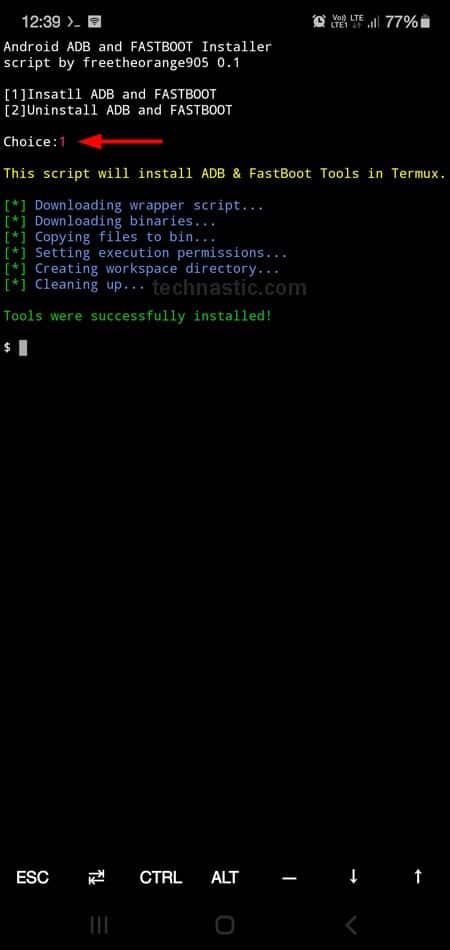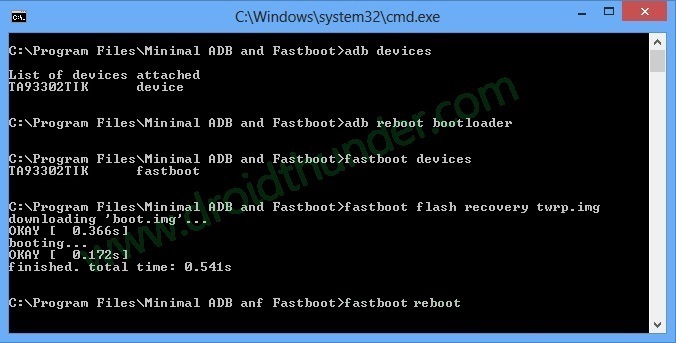


This is useful when you need to reconfigure something related to said package. Reconfigure an existing package sudo dpkg-reconfigure PACKAGE_NAME Remove a package sudo dpkg -r PACKAGE_NAMEįor example if the package is called askubuntu then you should do sudo dpkg -r askubuntu. If that reports an error, you'll have to sort out the dependencies yourself by following for example How do I resolve unmet dependencies after adding a PPA?.

If dpkg reports an error due to dependency problems, you can run sudo apt-get install -f to download the missing dependencies and configure everything.

Install a package sudo dpkg -i DEB_PACKAGEįor example if the package file is called askubuntu_2.0.deb then you should do sudo dpkg -i askubuntu_2.0.deb. Since dpkg is the base, you can use it to install packaged directly from the command line. Lastly the dpkg command which is the base for all of them. dpkg is the backend to commands like apt-get and aptitude, which in turn are the backend for GUI install apps like the Software Center and Synaptic.ĭpkg -> apt-get, aptitude -> Synaptic, Software Centerīut of course the easiest ways to install a package would be, first, the GUI apps (Synaptic, Software Center, etc.), followed by the terminal commands apt-get and aptitude that add a very nice user friendly approach to the backend dpkg, including but not limited to packaged dependencies, control over what is installed, needs update, not installed, broken packages, etc. Packages are manually installed via the dpkg command (Debian Package Management System).


 0 kommentar(er)
0 kommentar(er)
